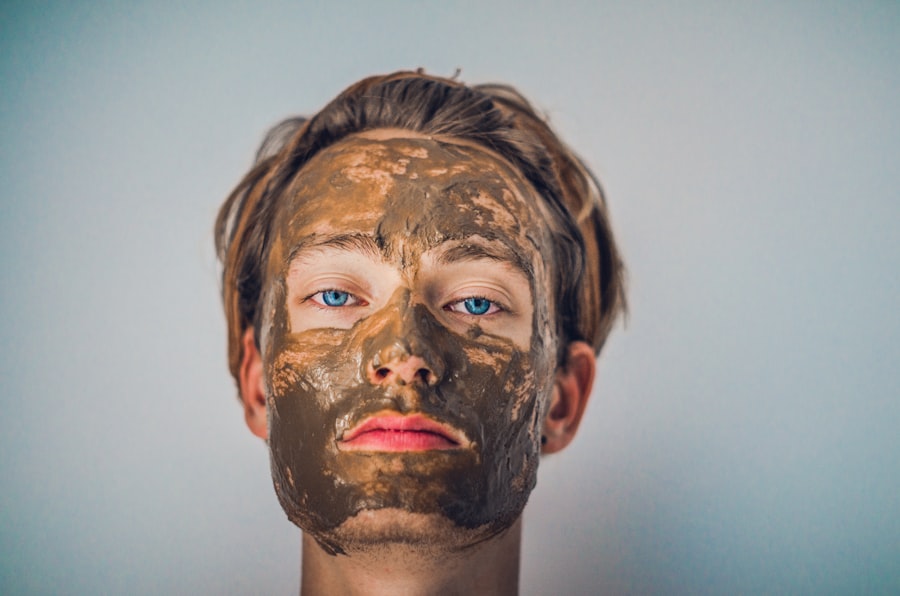To fully grasp the effectiveness of laser hair removal, it’s essential to understand the hair growth cycle. Your hair grows in three distinct phases: anagen, catagen, and telogen. The anagen phase is the active growth stage, where hair follicles are robust and producing hair.
This phase can last several years, depending on various factors such as genetics and health. During this time, laser hair removal is most effective because the hair is firmly rooted in the follicle, allowing the laser to target the pigment and destroy the follicle effectively. Following the anagen phase is the catagen phase, which is a transitional period lasting a few weeks.
During this time, hair growth slows down, and the hair follicle begins to shrink. Finally, there’s the telogen phase, where the hair rests for several months before eventually falling out. Understanding these phases is crucial because laser hair removal targets hair in the anagen phase.
If you undergo treatment when your hair is in the catagen or telogen phases, you may not see immediate results, leading to potential stubble after your sessions.
Key Takeaways
- The hair growth cycle consists of three main phases: anagen, catagen, and telogen, and understanding these phases is crucial for effective laser hair removal.
- Stubble after laser hair removal can be caused by factors such as improper treatment settings, hair color, and hormonal imbalances.
- Factors affecting laser hair removal results include skin color, hair color, hair thickness, and the area being treated.
- To minimize stubble after laser hair removal, it is important to follow post-treatment care instructions, avoid sun exposure, and consider touch-up sessions if necessary.
- Managing expectations for laser hair removal involves understanding that multiple sessions may be needed for optimal results and that some hair regrowth is normal.
Potential Reasons for Stubble After Laser Hair Removal
Experiencing stubble after laser hair removal can be frustrating, especially when you expect smooth skin post-treatment. One of the primary reasons for this phenomenon is that not all hair follicles are in the same growth phase at any given time. Since laser hair removal is most effective on hair in the anagen phase, any hairs that were in the catagen or telogen phases during your treatment may not have been effectively targeted.
As these hairs continue their natural cycle, they can emerge as stubble even after multiple sessions. Another reason you might notice stubble is due to the nature of hair regrowth. After a laser session, some hairs may not fall out immediately but instead take time to shed from the follicle.
This delayed shedding can create the illusion of stubble, as you may feel rough patches on your skin even though the follicles have been treated. It’s important to remember that this is a normal part of the process and doesn’t necessarily indicate that the treatment was ineffective.
Factors Affecting Laser Hair Removal Results

Several factors can influence the results of your laser hair removal treatments. One significant factor is your skin type and color. Laser technology works by targeting pigment; therefore, individuals with darker hair and lighter skin tend to see better results.
If you have lighter hair or darker skin, it may be more challenging for the laser to differentiate between your skin and hair pigment, potentially leading to less effective treatments. Another critical factor is the type of laser used during your sessions. Different lasers are designed for various skin types and hair colors.
For instance, some lasers are more effective on coarse hair, while others work better on fine hair. Additionally, the skill and experience of your technician play a vital role in achieving optimal results. A well-trained professional will know how to adjust settings based on your unique characteristics, ensuring that you receive the best possible treatment.
Tips for Minimizing Stubble After Laser Hair Removal
| Tip | Description |
|---|---|
| Exfoliate regularly | Gently exfoliating the treated area can help prevent ingrown hairs and minimize stubble. |
| Avoid sun exposure | Protect the treated area from sun exposure to prevent skin damage and reduce the risk of stubble. |
| Moisturize daily | Keeping the skin well-hydrated can help soften the regrowth and reduce the appearance of stubble. |
| Follow post-care instructions | Adhering to the post-care guidelines provided by your laser hair removal technician can help minimize stubble. |
To minimize stubble after your laser hair removal sessions, there are several proactive steps you can take. First and foremost, follow your technician’s pre- and post-treatment care instructions diligently. This may include avoiding sun exposure and certain skincare products before and after your sessions to ensure your skin remains in optimal condition for treatment.
Additionally, consider scheduling your sessions strategically. Spacing out your appointments according to your hair growth cycle can enhance effectiveness. For example, if you notice that your hair grows back quickly after shaving, you might want to schedule your next session sooner rather than later to catch those hairs in their anagen phase.
Keeping a close eye on your hair growth patterns can help you make informed decisions about timing.
Managing Expectations for Laser Hair Removal
Managing your expectations regarding laser hair removal is crucial for a satisfying experience. While many people achieve significant hair reduction after a series of treatments, it’s essential to understand that complete hair removal is not guaranteed for everyone. Factors such as hormonal changes, genetics, and individual responses to treatment can all influence outcomes.
It’s also important to recognize that results may vary from one area of your body to another. For instance, areas with coarser hair may respond better than those with finer hair. By setting realistic expectations and understanding that multiple sessions are often necessary for optimal results, you can approach your treatments with a more positive mindset.
Discussing Stubble Concerns with Your Laser Technician

Open communication with your laser technician is vital when it comes to addressing any concerns about stubble or other issues related to your treatment. If you notice stubble after a session or have questions about your progress, don’t hesitate to bring it up during your next appointment. A knowledgeable technician will be able to explain why you might be experiencing stubble and offer solutions tailored to your specific situation.
Moreover, discussing your concerns can help your technician adjust their approach for future sessions. They may recommend changes in technique or suggest additional treatments that could enhance results based on your feedback. Remember that your technician is there to support you throughout this journey, so maintaining an open dialogue will only benefit you in the long run.
Exploring Alternative Hair Removal Methods
If you find that laser hair removal isn’t providing the results you desire or if stubble continues to be a concern, it might be worth exploring alternative hair removal methods. Traditional methods such as waxing or threading can provide smoother results for some individuals, although they may require more frequent maintenance compared to laser treatments. Additionally, consider newer technologies like intense pulsed light (IPL) therapy or electrolysis.
IPL uses light energy similar to lasers but can be effective on a broader range of skin tones and hair types. Electrolysis involves using an electric current to destroy individual hair follicles and can be a suitable option for those seeking permanent hair removal regardless of their skin or hair color.
Seeking Professional Advice for Stubborn Stubble
If stubborn stubble persists despite following all recommended guidelines and undergoing multiple laser sessions, seeking professional advice is essential. A consultation with a dermatologist or a licensed laser technician can provide insights into why you might be experiencing this issue and what steps you can take moving forward. During this consultation, be prepared to discuss your treatment history, any products you’re using on your skin, and any other relevant factors that could be influencing your results.
A professional will be able to assess your situation comprehensively and may suggest alternative treatments or adjustments to your current regimen that could help achieve smoother skin. In conclusion, understanding the intricacies of laser hair removal and its relationship with the hair growth cycle can empower you as a client seeking smooth skin. By being aware of potential reasons for stubble and actively engaging with your technician throughout the process, you can enhance your experience and work towards achieving the best possible results.
Whether through diligent care or exploring alternative methods, there are numerous paths available to help you manage unwanted hair effectively.
If you are wondering why you still have stubble after laser hair removal, it may be helpful to read the article on




